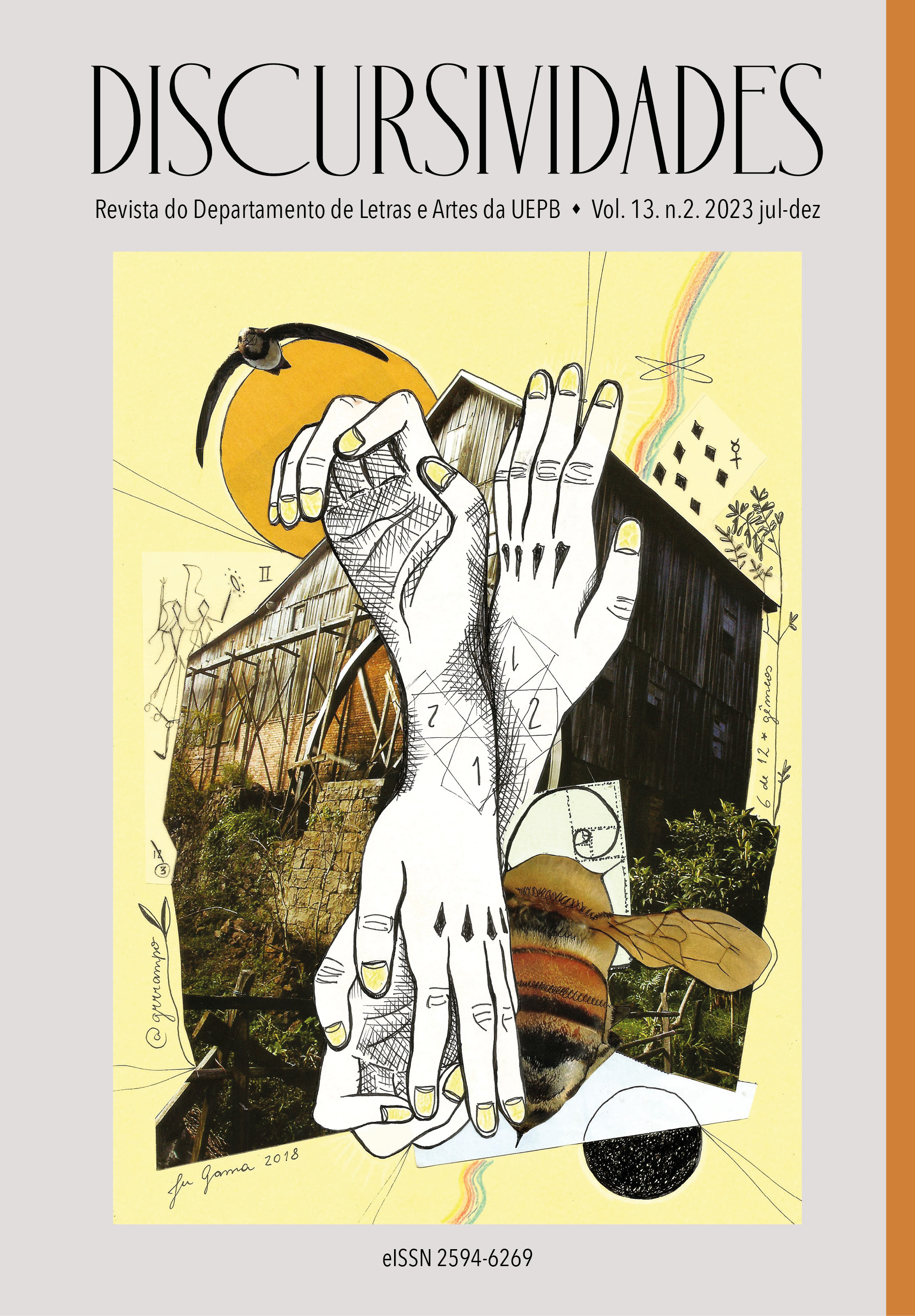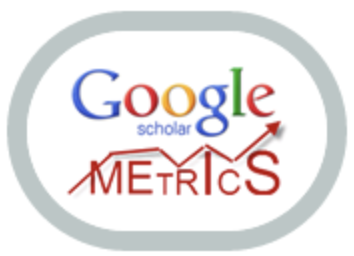From intertextuality to polyphony: tweets analysis from sexist discourse on #BBB20
DOI:
https://doi.org/10.29327/256399.13.2-4Keywords:
Intertextuality, Polyphony, Sexist speech, TwitterAbstract
The theme of this article involves speeches presented in the virtual community Twitter, about Big Brother Brazil, during its exhibition on television, with the objective of analyzing the repercussion that these speeches had on the viewers who expressed their opinions. Based on the speech of the participant Babu, considered sexist, which took place during the twentieth edition of the program, some users through tweets gave their counter-words to what was said on national television. Based on the ideas of Bakhtin (2009), Fiorin (2003), Koch (1991) and Ducrot (1987), regarding intertextuality and polyphony, some discourses were analyzed in a qualitative and interpretative research. Specifically, we sought to show the impact caused by discourses that attack a minority on social networks, such as Twitter, and to emphasize the relevance of these discourses in the social environment, whether virtual or real.
References
BARBISAN, L. B.; TEIXEIRA, M. Polifonia: origem e evolução do conceito em Oswald Ducrot. Organon; UFRGS, 2002, v. 16, n. 32-33, p. 161-180.
BAKHTIN, M; VOLOCHINOV. Marxismo e Filosofia da Linguagem. 13. ed. São Paulo: Hucitec, 2009.
BRAIT, B. Ironia em perspectiva polifônica. Campinas, SP: EDUNICAMP, 2000.
CAMPOS, C. M. O percurso de Ducrot na teoria da argumentação na língua. Revista da ABRALIN. v. 6, n. 2, 22 maio 2017.
DUCROT, O. O dizer e o dito. São Paulo: Pontes, 1987.
FRASSON, R.M.D. A intertextualidade como recurso de argumentação. Letras, n.25, jul/dez, 1992. Disponível em: http://w3.ufsm.br/revistaletras/artigos_r4/regina_mafalda.pdf. Acesso em: 15 maio 2021.
FIORIN, J. L. Polifonia textual e discursiva. In: BARROS, D. L. P. de; FIORIN, J. L. (Org.). Dialogismo, polifonia, intertextualidade. 2.ed. São Paulo: EDUSP, 2003, p. 29-36.
HAJE, L. Esferas públicas feministas na internet. Revista Logos, ano 10, nº 19, 2º semestre de 2003.
KOCH, I.G.V. Intertextualidade e Polifonia um só fenômeno? São Paulo, D.E.L.T.A., v. 7, n. 2, 1991, p. 529-541.
KOCH, I. V; ELIAS, V. M. Ler e escrever: estratégias de produção textual. 2. ed. São Paulo: Contexto, 2015.
MARCUSCHI, L. A. Produção textual, análise de gêneros e compreensão. São Paulo: Parábola, 2008.
ORLANDI, E. P. Análise do discurso: princípios e procedimentos. Campinas, SP: Pontes, 1999.
PÊCHEUX, M. Análise do discurso: três épocas (1983). In: GADET, Françoise; HAK, Tony (Orgs). Por uma análise automática do discurso: uma introdução à obra de Michel Pêcheux Tradução Eni P. Orlandi. Campinas, SP: EDUNICAMP, 1997, p. 61-151.
RECUERO, R; ZAGO, G; BASTOS, M. O Discurso dos #ProtestosBR: análise de conteúdo do Twitter. Galáxia. 2014, Disponível em: https://www.redalyc.org/articulo.oa?id=399641254017. Acesso em: 15 maio 2021.
ZANI, R. Intertextualidade: considerações em torno do dialogismo. Revista em Questão. Porto Alegre, v. 9, n. 1, p. 121-132, jan/jun, 2003.
Downloads
Published
How to Cite
Issue
Section
Categories
License
Copyright (c) 2023 Tânia Maria Augusto Pereira; Lucas Guedes Santos

This work is licensed under a Creative Commons Attribution 4.0 International License.
Authors who publish in this journal agree to the following terms:
a) Authors retain copyright and grant the journal the right of first publication. The articles are simultaneously licensed under the Creative Commons Attribution 4.0 International Public License (CC BY 4.0) which allows the sharing of the work with acknowledgment of its authorship and initial publication in this journal.
b) Discursividades journal offers immediate free access to its content, following the principle that making scientific knowledge available to the public free of charge provides greater global democratization of knowledge.






